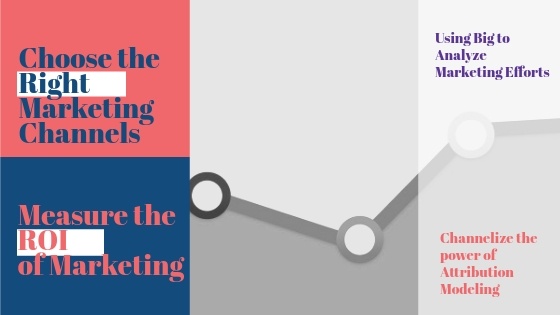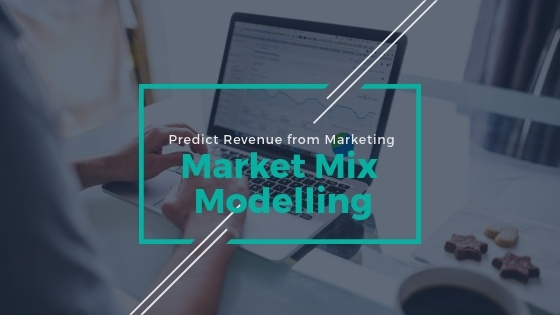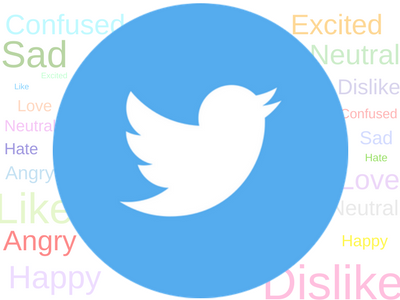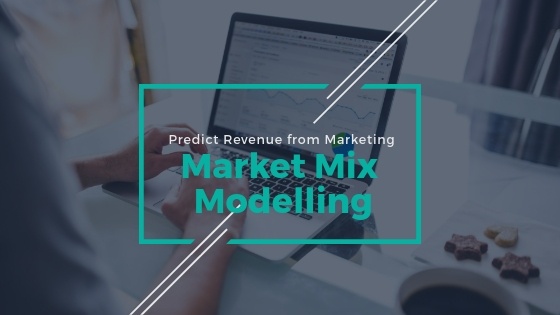Market Mix Modelling: The Science of Predicting Sales from Marketing
In the days of traditional marketing, the marketers knew how their efforts accounted for sales. But this is not the case anymore. With so many...

Big data analysis is a powerful tool at the disposal of marketers. With the technology advancing rapidly, it has become a powerful tool for sales and marketing professionals. Data science coupled with machine learning can help us better understand the market, refine our strategies and improvise decision making. In this blog, we will discuss the most popular big data analysis techniques and their use in marketing and sales. Each section is linked to posts which can give you more detailed information about the analysis models (in case you are a curious person). Either way, the information provided here should give you sufficient insights to start exploring the space of big data analysis and discuss with analysts about the possibilities of the data you own.
Know about the latest trends and application of big data in business with our eBook. Download today and get free access:
-2.png?width=592&name=IMG_2%20(1)-2.png)
According to McKinsey, 75% of a typical company’s revenue results from its standard products at the same time, 30% of the pricing decisions these companies make every year fail to reach the best price. Where a nominal 1% price increase resulting in an 8.7% increase in operating profits, assuming there is no loss of volume, pricing can dramatically grow the profitability. Big data analysis enables market analysts to study a wide range of market factors and combine the data with company’s accounts statements to reach the optimal price of a product or service.
Another use case of big data in price optimization is determining the optimal price cuts to ensure stock clearance. With the help of Markdown Optimization companies can determine the optimal price for their products thus maximizing their profit margin. This analysis is performed in three stages:
Ultimately this helps answer the three key questions - the level of reduction in prices, impact on profits, optimal time of making changes in the pricing.
Read More: How to Use Business Intelligence to Make Sense out of Big Data?

Today businesses have many channels to reach out to consumers and the entire marketing budget is being allocated to each channel separately. There are significant problems faced by decision makers while determining the optimal budget allocation as it very difficult to hold any specific channel responsible for the growth. It is neither possible to boil down to only a few channels nor decision makers can randomly allocate the resources.
Big data offers a solution to this problem using the market mix modeling technique. Market mix modeling provides insights into the current landscape of marketing activities and the potential future impact of marketing campaigns on ROI, profits, and sales. Thus, giving you predictive insights about the profitability of campaigns even before execution. This helps you determine the exact channels that have the potential to scale up the profits and invest accordingly.
Read More: Improving the Customer Experience in the Age of Millenials

With every business moving towards content marketing there is an enormous increase in content. This has made it difficult for users to find the right information for their needs. On the other hand, the competition on every digital platform has increased significantly. To compete efficiently businesses need to offer their content to a targeted audience. Companies like Facebook and Google use big data analysis to enable advertisers to target content with people of desired interests and behavior. Now, companies can also perform such analysis at an individual level.
By analyzing the data about consumer behavior and interests companies can create recommendation engines that can deliver content to the consumers which they will likely engage with. A similar technique called market basket analysis can be used to predict the consumer behavior based on their current and past purchases. Using these techniques brands can not only enhance the online experience but also improve the in-store layout and marketing messages.
Read More: How AI, ML and Big Data Improve Customer Experience?
-1.jpg?width=560&height=315&name=Attribution-Modeling%20(1)-1.jpg)
Digital communication comes with the benefit of in-depth tracking. The use of UTMs and heat maps has given a lot more insights about consumer behavior on the website than before. Moreover, the improvement in IoT applications has prested opportunities for tracking the user behavior using sensors in physical stores. Overall we can say that businesses have access to a huge volume of data or at least they can easily gain access to it.
Big data analysis helps analyze this data at scale. With attribution modeling, it is possible to map the entire consumer’s journey and allocate specific weights to different touch points based on their role in making a sale. This not only helps in better allocation of marketing resources but also improves the efficiency of campaigns with data backed decision making.
Read More: 7 Steps to Create a Successful Big Data Strategy

It is a common mindset that data analysis in marketing and sales will only yield analytical results. With emotional intelligence being an integral part of any human communication, data science is only thought as a complementary tool. With advancement in technology, we are now not only able to understand human emotions but also analyze them and revert back to them.
With sentiment analysis, companies can understand the emotion behind a text by analyzing it. This technique can be used to study the communication regarding a brand on social media platforms, blogs and review sites to understand the collective market opinion towards it. The use of chatbots is also very helpful in understanding the consumer emotions as the entire communication history can be easily recorded and analyzed.
If you are looking for ways to leverage big data for your business then feel free to get in touch. With a deep expertise in data science and a team of experienced developers, we can help you find the insights that you need to transform your business.

In the days of traditional marketing, the marketers knew how their efforts accounted for sales. But this is not the case anymore. With so many...

Pricing is one of the most critical aspects of business management. Businesses use many different analysis techniques to optimize pricing. Some of...

R is a language used for statistical computations, data analysis and graphical representation of data. Created in the 1990s by Ross Ihaka and Robert...